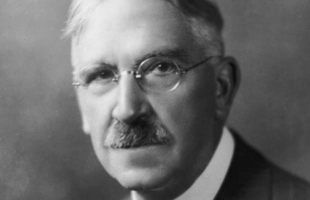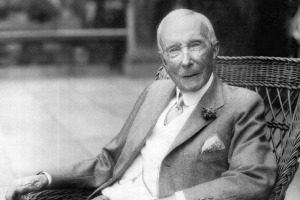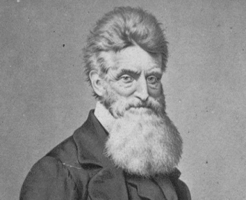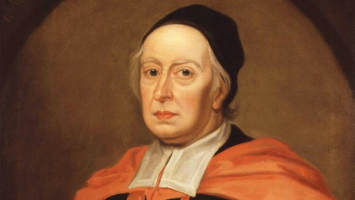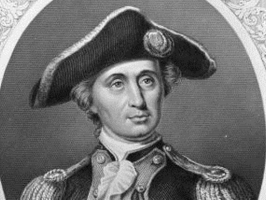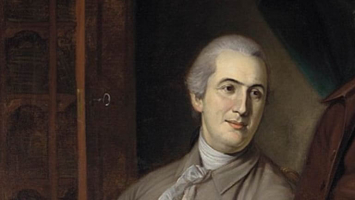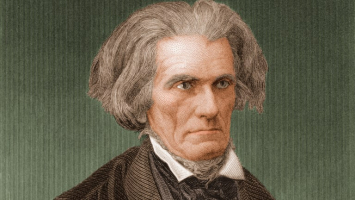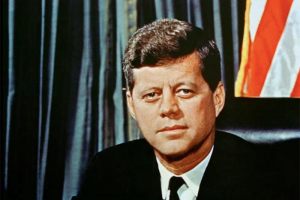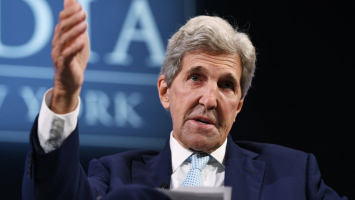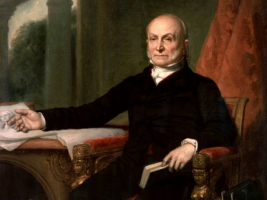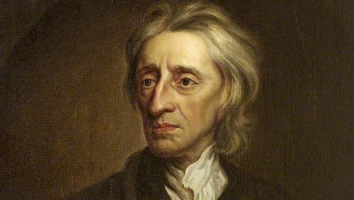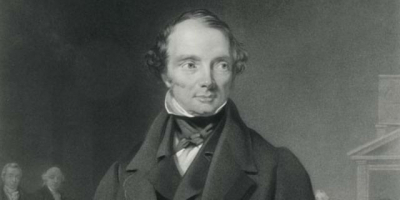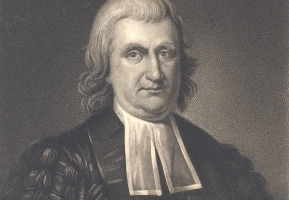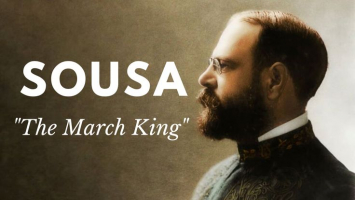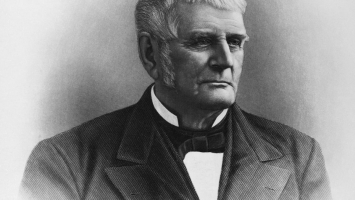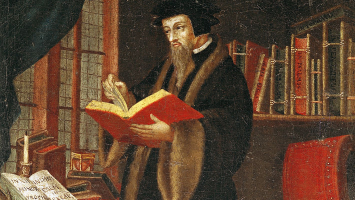Top 7 Interesting Facts about John Jay
American statesman and founding father John Jay served the country in several offices, including law and diplomacy. Jay was a crucial negotiator at the Treaty ... read more...of Paris, which ended the American Revolutionary War and led to American independence. Let's discover the most interesting facts about John Ray.
-
The grandfather of John Jay emigrated to America from France in search of a better life for himself. The French at that time were persecuting Protestants and had a lot of laws and requirements that Augustus wasn't eager to follow. Protestants' civil and legal rights were abolished in 1685 after the Edict of Nantes was overturned, and the French Crown then started seizing their property.
Auguste Jay, Jay's paternal grandfather, was one of those impacted. He relocated from France to New York and subsequently Charleston, South Carolina, where he established a prosperous business empire. Peter Jay, Jay's father, was a prosperous trader of furs, wheat, lumber, and other commodities after being born in New York City in 1704.
Jay's mother, Mary Van Cortlandt, a woman of Dutch descent got married Peter Jay in the Dutch Church in 1728. Together, they had ten children, seven of whom lived to adulthood. In accordance with the Gregorian calendar, Jay was born in New York City on December 23, 1745; three months later, the family relocated to Rye, New York.
John Jay spent his early years in Rye. Up to the age of eight, his mother taught him there before sending him to New Rochelle to learn under Anglican priest Pierre Stoupe. Three years later, in 1756, he went back to homeschooling in Rye under the guidance of George Murray and his mother.
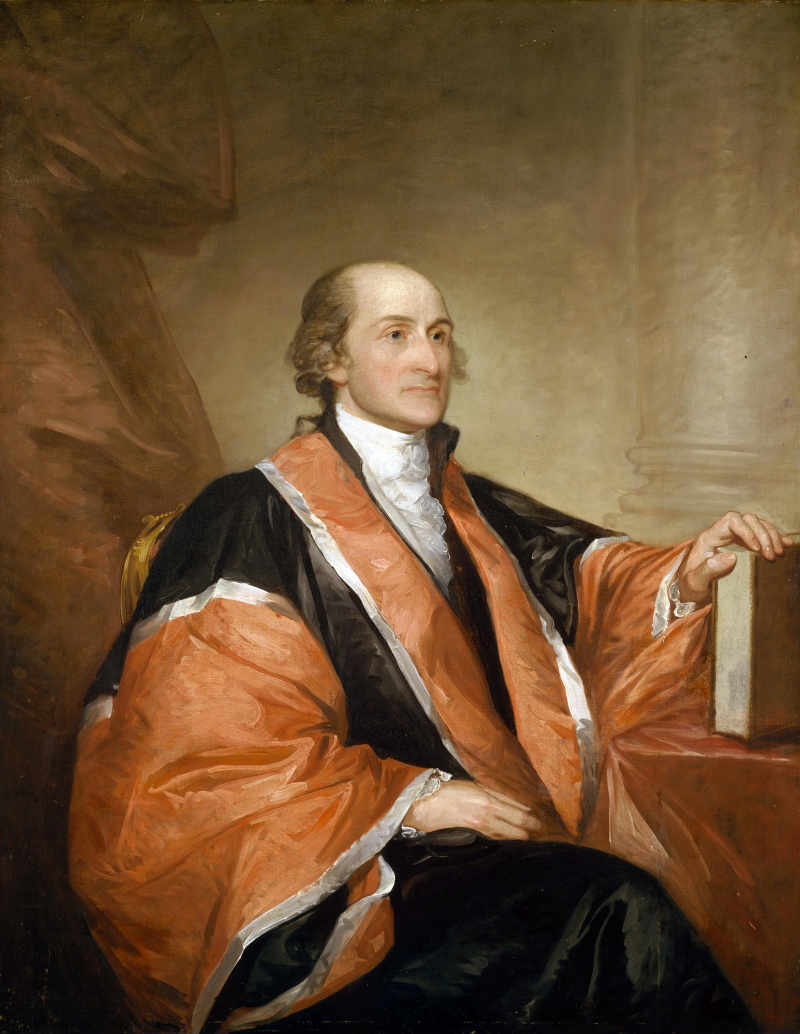
Photo: Wikipedia Source: The Federalist Society -
The graduation with top honors from Columbia University, which was then known as King's College, is one of the interesting facts about John Jay. Studying law is thought to have sparked Jay's interest in politics and helped him become a skilled negotiator.
John Jay started a legal firm in 1768 using government funding, and he worked there until he founded his own office in 1771. His first prominent position in the revolution came when he joined the New York Committee of Correspondence in 1774 and rose to the position of secretary. Jay stood in for the "Radical Whig" faction, which fought against what it saw as British violations of American rights while advocating for the preservation of property rights and the rule of law.
He briefly employed his degree before giving it up when tensions between America and Britain grew more serious. He was chosen to represent New York during the Continental Congress' deliberations on how to cope with the powerful British forces in the nation. Unexpectedly, John Jay wished to stay out of any significant conflicts with the British. He believed that gaining independence from them would not be advantageous for the nation, but his allegiance to the colonists and their rights caused him to change his mind.
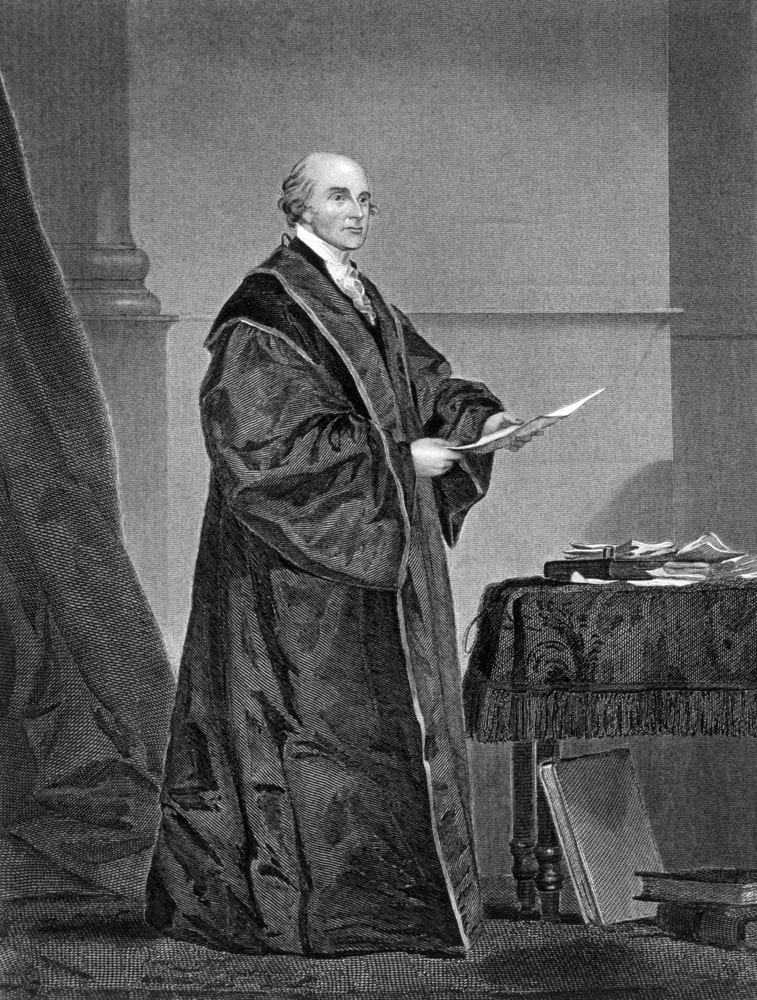
Photo: Funeral Basics Source: The Federalist Society -
John Jay spent years in Spain trying to persuade an alliance and raise money to support the American Revolution in an effort to try and put an end to it. Jay was chosen to serve as Spain's minister on September 27, 1779. His goal was to secure financial support, trade agreements, and support for American independence.
The Spanish royal court declined to formally accept Jay as the Minister of the United States because it delayed recognizing American independence until 1783 out of concern that it may incite an uprising in their own colonies. However, Jay was able to persuade Spain to lend the American government $170,000. The day he left Spain was May 20, 1782.
He negotiated the Treaty of Paris, a peace agreement with Britain, along with Benjamin Franklin and John Adams - one of the interesting facts about John Jay. With the exception of British-controlled territories like Canada and French-controlled Florida, they were successful in achieving independence for the nation here and ending the war thanks to the deal. James Duane, the mayor of New York, praised Jay's ability to mediate disputes on October 4, 1784. As a reward for his successful talks, Jay was called from his family's home in Rye at the time to earn "the Freedom" of New York City.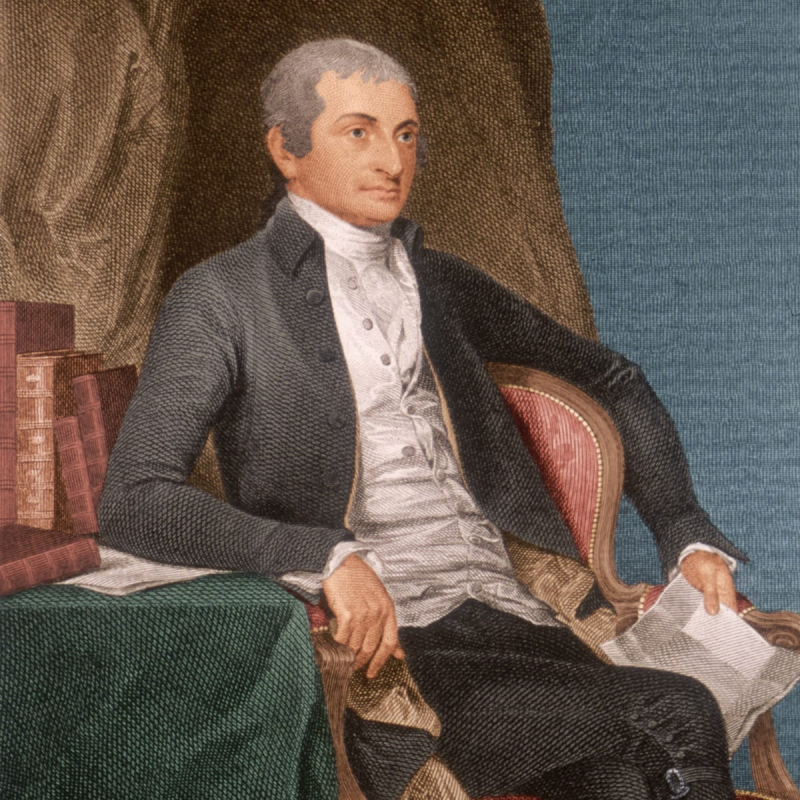
Photo: History Source: Museum of the Bible -
John Jay thought there were problems with the way the nation was being administered. He, James Madison, and Alexander Hamilton thought that a federal system of government, in which all the states of a nation would be under the supervision of a single government but retained their individual sovereignty, would make America much stronger. Together, they released numerous papers and studies to support this claim, which has since become a cornerstone of contemporary American government.
He claimed that the Articles of Confederation were an inadequate and ineffectual system of government in his "Address to the People of the State of New York, on the Subject of the Federal Constitution." Although John Jay was not present at the Constitutional Convention, he joined Hamilton and Madison in vehemently advocating for the establishment of a new and stronger, more centralized, yet fair structure of government.
In The Federalist Papers, a collection of eighty-five essays prepared to persuade New York state convention members to approve the proposed Constitution of the United States, they described their idea in writing under the collective pseudonym "Publius." The second, third, fourth, fifth, and sixty-fourth articles were all written by Jay.
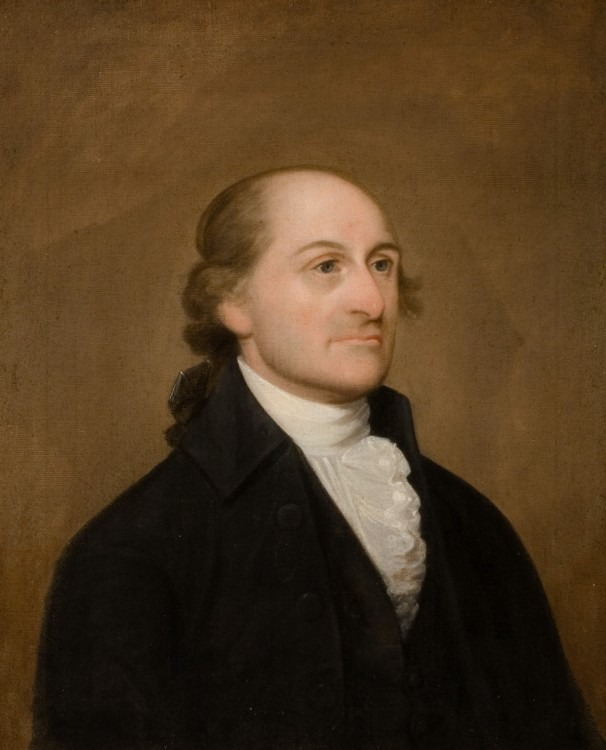
Source: Wikipedia Commons 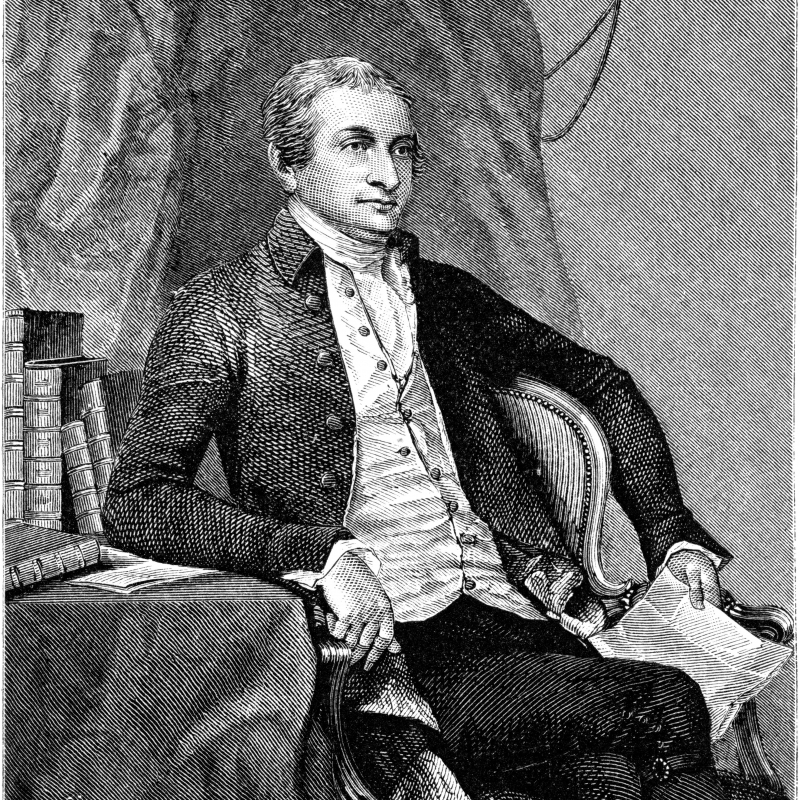
Photo: ThoughtCo -
John Jay received a promotion from President George Washington to become the first Chief Justice of the Supreme Court in 1789. The British were causing problems once more because they were preventing American exports and holding onto territories that they had promised to release. Jay was appointed Chief of Justice by Washington in order to improve their tense relationship, leading to the establishment of The Treat of Jay.
The Jay Treaty was delivered to Philadelphia in March 1795. John Jay lost most of his authority when Hamilton, in an effort to maintain tenseless relations, told Britain that the United States would not support the Danish and Swedish governments in defending their neutrality. The treaty gave the United States "most favored nation" status and removed British sovereignty over its northwest forts. The British West Indies will now only have limited economic access thanks to the U.S.
The Americans disliked this arrangement because they thought it gave Britain what it sought. Democrats and Republicans felt that American interests had been betrayed, and they were furious about it. Between the two powers, a new war was ready to start, but Jay's deal effectively prevented it.
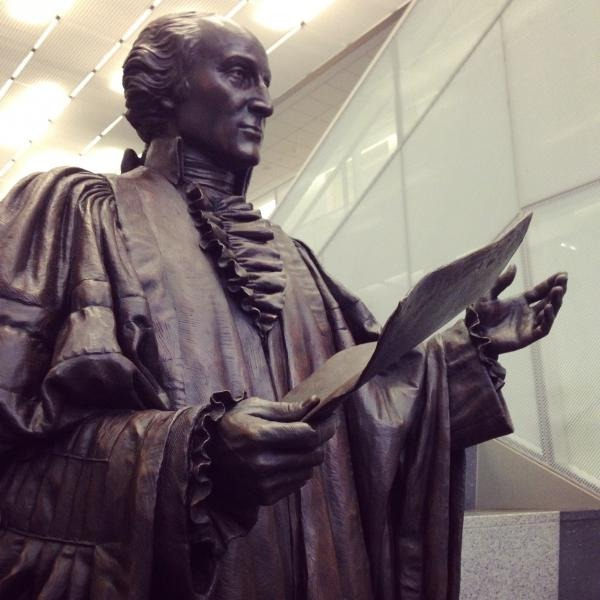
Photo: John Jay College 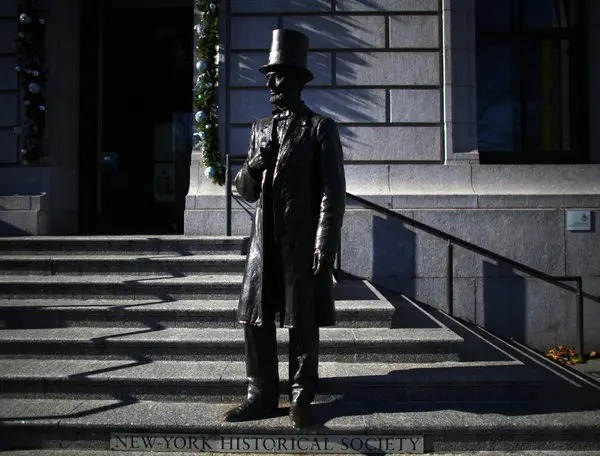
Photo: The New York Times -
One of the interesting facts about John Jay is that he continued to "own" slaves up until 1798, the year before he announced the new law. Although John Jay was a founding member of the New York Manumission Society, in the 1790 and 1800 U.S. censuses, he was recorded to have held five slaves. By the 1810 census, all but one of his slaves were free. When he believed that their efforts had "afforded a reasonable payback," he continued to buy and manumit slaves rather than campaigning for their immediate freedom.
He persisted in his opposition to slavery and insisted that the institution shouldn't be brought to places where it hadn't previously existed. The "Address to the People of Great Britain", which John Jay wrote in 1774, contrasted American chattel slavery with British oppression.
The New York Manumission Society, which coordinated boycotts against publications and businesses that participated in the slave trade and offered legal assistance to free blacks, was founded and presided over by Jay in 1785. According to "An Act for the Gradual Abolition of Slavery," slave exports were outlawed as of July 4, 1799, and all children born to slave parents were granted freedom (after serving time-consuming apprenticeships).
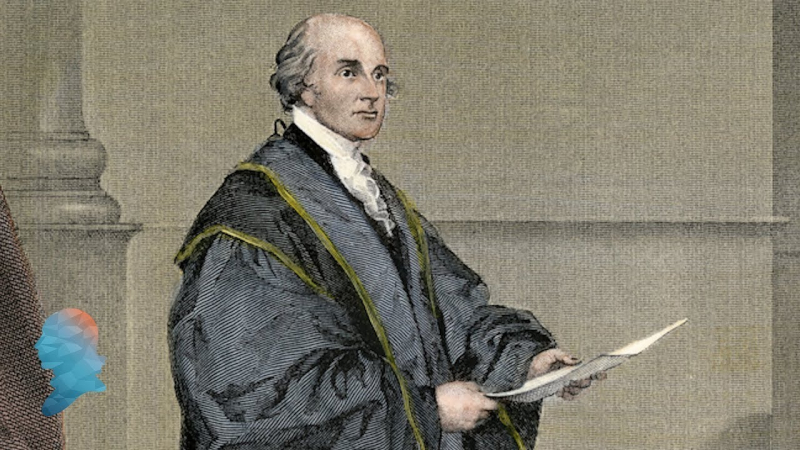
Photo: The Federalist Society 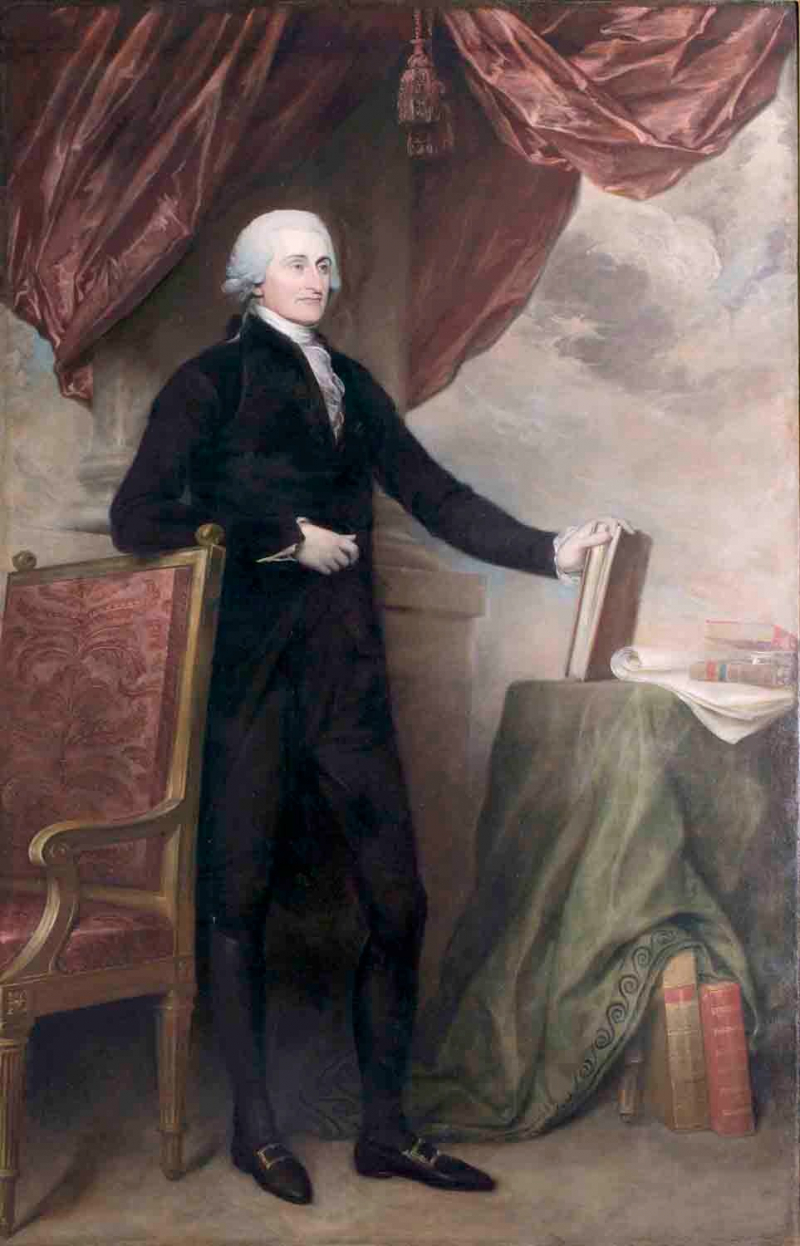
Photo: HiBeauty -
Sarah Van Brugh Livingston, the oldest child of New Jersey Governor William Livingston, was married to Jay on April 28, 1774. Sarah was seventeen years old and John Jay was twenty-eight when they got married. Peter Augustus, Susan, Maria, Ann, William, and Sarah Louisa were the couple's children.
She traveled with Jay to Spain and then joined him in Paris where they lived with Benjamin Franklin in Passy with their children. Henry Brock Livingston, the brother-in-law of Jay, passed away at sea when the Saratoga of the Continental Navy vanished during the American Revolution. Jay's father passed away while serving as a diplomat to France in Paris. Because of this incident, Jay now has more responsibilities.
Sadly, Sara passed away in 1802, and John Jay was so heartbroken by her death that he never remarried. Jay suffered from palsy that night, May 14, 1829, most likely as a result of a stroke. He survived for three days before passing away on May 17 in Bedford, New York. As a youngster, Jay resided in Rye, and he had chosen to be buried there. He established a private cemetery in Rye by moving the remains of his wife Sarah Livingston and those of his colonial ancestors from the family crypt in the Bowery in Manhattan. The Jay Cemetery, which is situated next to the ancient Jay Estate, is now an essential component of the Boston Post Road Historic District.
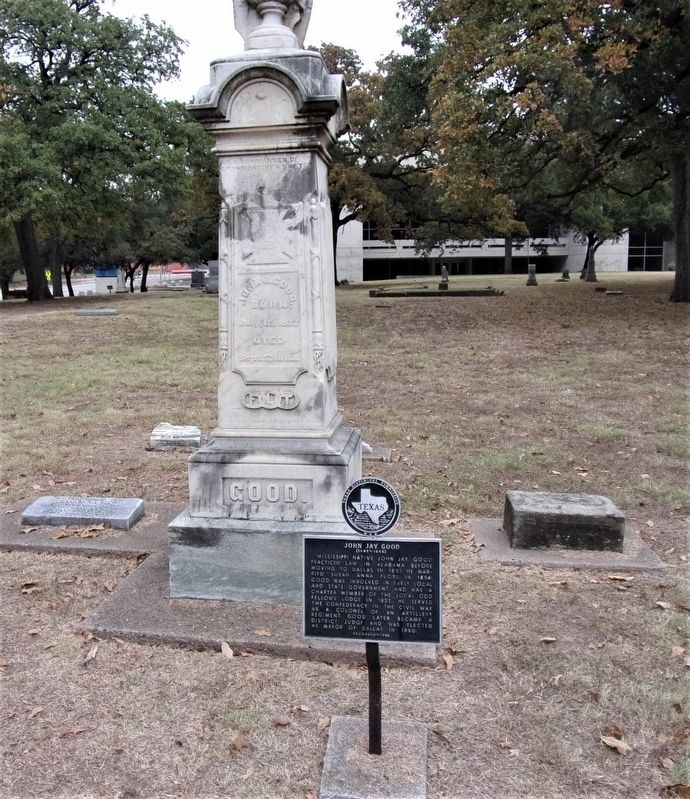
Source: The Historical Marker Database 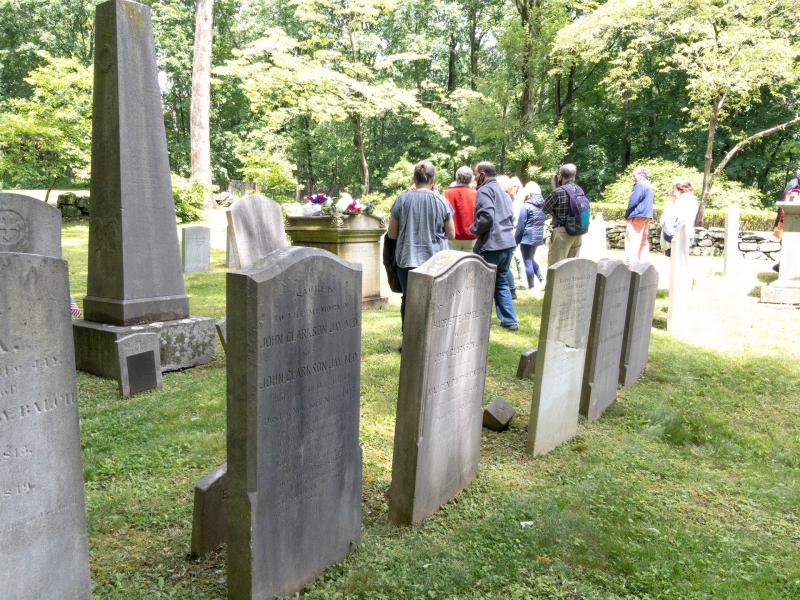
Photo: Jugdy











